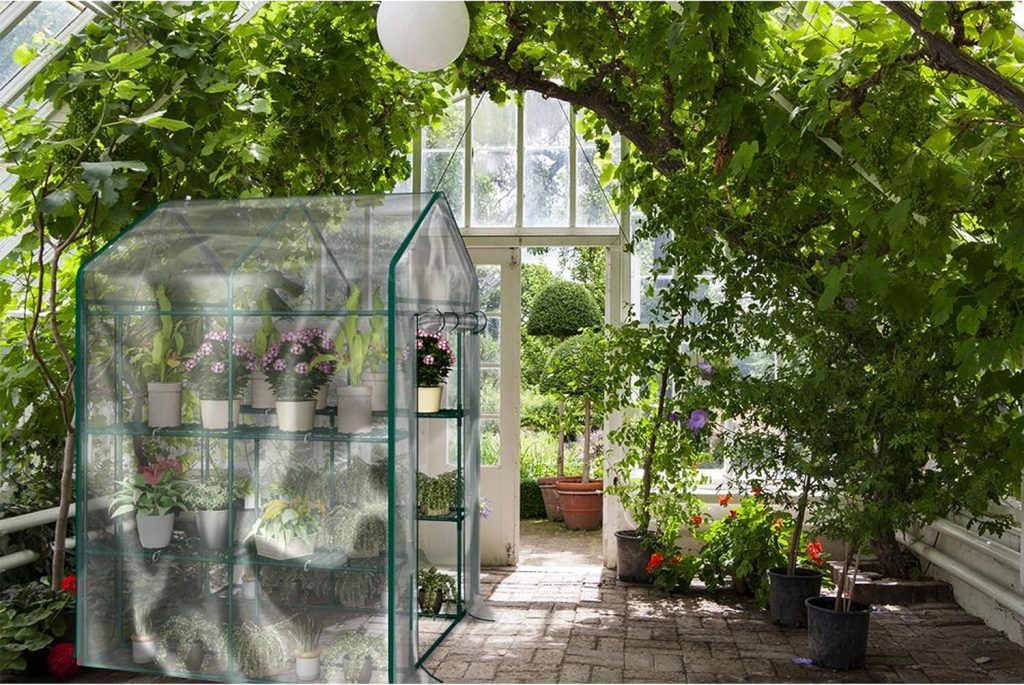Urban Gardening
Urban gardening has emerged as a vital solution to combat various challenges associated with urbanization, including food insecurity, environmental degradation, and community disconnection from nature. In the face of shrinking green spaces and rising populations in cities worldwide, urban gardening offers a pragmatic and sustainable approach to reimagining urban landscapes.
By transforming vacant lots, rooftops, balconies, and even indoor spaces into thriving gardens, urban dwellers can cultivate fresh produce, beautify their surroundings, and foster a sense of community. In this article, we explore effective strategies for successful urban gardening.
Types of Urban Gardening
- Container Gardening: This is one of the most accessible forms of urban gardening. Basically, it involves growing plants in pots, buckets, or other containers. This method is ideal for individuals with limited outdoor space, such as apartment dwellers or those without access to a yard. With proper soil, sunlight, and water, a wide variety of fruits, vegetables, herbs, and flowers can flourish in containers. Additionally, you may arrange the containers creatively on balconies, patios, or windowsills to maximize space and aesthetic appeal.
- Vertical Gardening: Vertical gardening utilizes vertical space to grow plants upwards, rather than sprawling outwards. This technique is particularly useful in densely populated urban areas where horizontal space is scarce. Vertical gardens can take various forms, including trellises, wall-mounted planters, and hydroponic systems. You can cultivate crops while minimizing footprint by harnessing walls, fences, or even the sides of buildings.
- Community Gardens: Community gardens serve as communal spaces where individuals come together to cultivate crops, share knowledge, and foster social connections. You may establish these gardens on vacant lots, public parks, or private land allocated for community use. In addition to providing access to fresh produce, community gardens promote environmental stewardship, physical activity, and neighborhood cohesion. Participants can learn from one another, exchange surplus harvests, and collectively address local food security issues.
- Green Roofs and Rooftop Gardens: Green roofs and rooftop gardens transform underutilized rooftop spaces into vibrant green spaces. These installations offer numerous benefits, including improved insulation, reduced storm-water runoff, and enhanced biodiversity. You may design rooftop gardens using lightweight soil mixes and drought-tolerant plants to minimize structural load and water consumption. Beyond environmental advantages, green roofs also contribute to urban heat island mitigation and aesthetic enhancement of city skylines.
- Hydroponics and Aquaponics: Hydroponic and aquaponic systems represent innovative methods of urban gardening that require minimal space and soil. Hydroponics involves growing plants in nutrient-rich water, while aquaponics combines hydroponics with fish farming in a symbiotic ecosystem. These soil-less techniques are well-suited for urban environments. You may implement them indoors, on rooftops, or in compact outdoor spaces. Hydroponic and aquaponic systems enable year-round cultivation of crops with higher yields and faster growth rates.
- Indoor Gardening and Vertical Farms: Indoor gardening and vertical farms utilize controlled environments, such as greenhouses or hydroponic towers, to grow crops indoors. These methods offer advantages such as protection from adverse weather conditions, pests, and pollution. Indoor gardening allows urban residents to cultivate fresh produce regardless of outdoor constraints. This makes it especially appealing in areas with harsh climates or limited arable land. Vertical farms maximize space efficiency by stacking growing modules vertically, enabling high-density crop production in urban settings.

